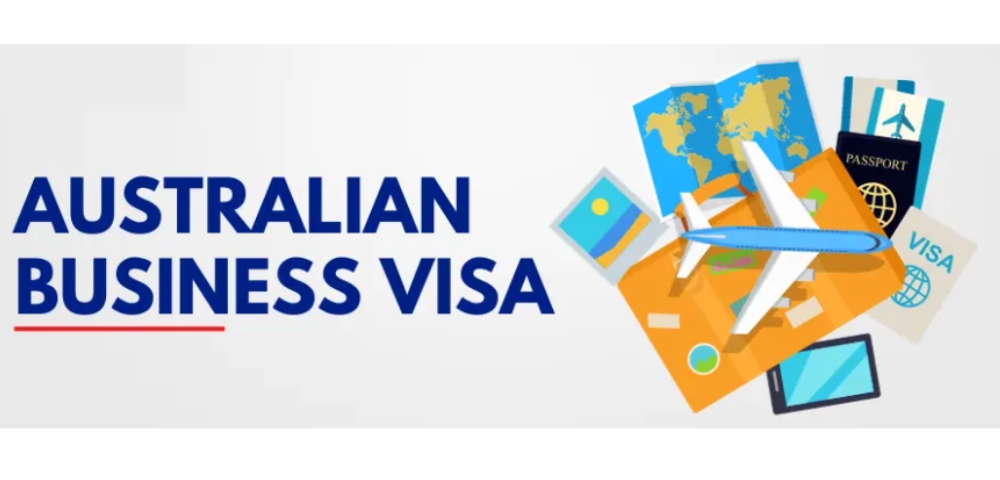
Australia, known for its robust economy and business-friendly environment, attracts countless entrepreneurs and business professionals each year. Obtaining an Australian Business Visa is a pathway for such individuals to establish new or develop existing business ventures in Australia. This guide aims to provide essential information on the Australian Business Visa process, particularly focusing on the Business Talent (Subclass 132) visa, covering eligibility criteria, application procedures, and the importance of a well-structured business plan.
The Australian Business Visa program is designed to benefit the country's economy by bringing in foreign entrepreneurs and investors. Among the various categories under this program, the Business Talent (Subclass 132) visa stands out for its potential to grant permanent residency to successful applicants. This visa allows business people to establish a new or develop an existing business in Australia. It is a part of the Australian Government's initiative to boost the country's economy by attracting foreign investments and skills. If you're interested, you can start by exploring the australia visa application process.
The Business Talent (Subclass 132) Visa is divided into two streams: the Significant Business History stream and the Venture Capital Entrepreneur stream. The former is tailored for high-caliber business owners or part-owners who aim to have a significant management role in a new or existing business in Australia. In contrast, the latter is for those who have sourced venture capital funding from a member of the Australian Venture Capital Association Limited (AVCAL).
The Business Talent (Subclass 132) visa is a permanent residence visa for business people who have a successful business career and a genuine and realistic commitment to be involved in a new or existing business in Australia.
To qualify for the Business Talent (Subclass 132) visa, applicants must meet specific eligibility criteria. These include:
To be eligible for the Business Talent (Subclass 132) visa, applicants must meet specific criteria which vary depending on the chosen stream.
In addition to these, all applicants must be nominated by a State or Territory government before being invited to apply for the visa.
A crucial step in the application process for the Business Talent (Subclass 132) visa is obtaining a nomination from an Australian state or territory government. This endorsement is a testament to the government's belief in the potential of the applicant's business plan and its benefits to the regional economy.
Each Australian State and Territory government has its unique criteria for nominating potential business migrants. The nomination is based on the business’s viability and its ability to contribute to the economic growth of the nominating State or Territory. Applicants should research and contact the relevant State or Territory government body to understand their specific requirements and processes.
A well-structured business plan is critical when applying for an Australian Business Visa, especially for the Business Talent (Subclass 132) visa. The business plan should clearly outline the goals, strategies, market analysis, financial projections, and how the business will contribute to the Australian economy. A compelling business plan not only increases the chances of receiving a state or territory government nomination but also demonstrates the applicant's commitment and preparedness for undertaking a successful business venture in Australia. For the Business Talent (Subclass 132) visa, the business plan is instrumental in demonstrating the applicant's commitment and ability to successfully establish or develop a business in Australia.
The application process for an Australian Business Visa can be intricate and requires meticulous attention to detail. Initially, applicants must conduct thorough research to understand the eligibility criteria and prepare a comprehensive business plan aligned with their business objectives and the economic needs of the Australian market.
The steps generally include:
Applicants must submit an EOI through SkillSelect. This platform requires detailed information about the applicant's business background and intentions.
After submitting the EOI, applicants seek nomination from an Australian state or territory government.This endorsement is crucial as it reflects the government's support for the proposed business venture based on its potential economic benefit.
Once the state or territory government nomination is secured, the applicant can formally proceed with the Business Talent (Subclass 132) visa application.
Applicants must provide substantial evidence to support their business history, proof of business experience, financial capability, and a well-formulated business plan
The Australian government will assess the application against the Business Talent (Subclass 132) visa eligibility criteria before making a decision.
Throughout this process, it is essential to ensure that all documentation, including evidence of business success, financial assets, and a detailed business plan, is accurate and well-prepared. This not only increases the chances of success but also speeds up the processing time and leads to the granting of the Australian Business Visa, opening pathways for business opportunities in Australia.
Applying for an Australian Business Visa, particularly the Business Talent (Subclass 132) visa, can be challenging. The process demands a significant amount of detailed documentation and a thorough understanding of the legal and business environment in Australia. Here are some tips:
Securing an Australian Business Visa, especially the Business Talent (Subclass 132) visa, is a significant step toward establishing a successful business in Australia. The process, while complex, opens doors to immense opportunities in one of the world's most dynamic business landscapes. By meeting the eligibility criteria, obtaining a state or territory government nomination, and presenting a robust business plan, ambitious entrepreneurs can embark on a rewarding business journey in Australia.